Spectrograph
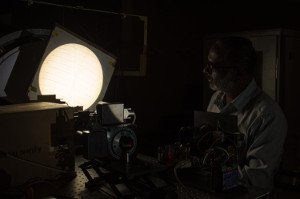
A Littrow-type spectrograph is the back-end instrument at the telescope. A 20 cm diameter, 18 m focal length achromat in conjunction with a 600 lines/mm grating gives 9 mm/A dispersion in the fifth order of the grating. Together with the 5.5 arcsec/mm spatial resolution of the image, it forms a high resolution set up for solar spectroscopy. Recording of the spectrum was made photographically in the past and at present 2k X 2k pixels CCD camera is used.
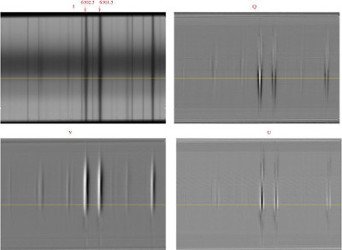
An another instrument, polarimeter set-up kept infront of the spectrograph slit makes polarization measurements in sunspot regions of the sun. This instruments provides magnetic field strength and direction in sunspot regions.
Full-disk Photoheliograph
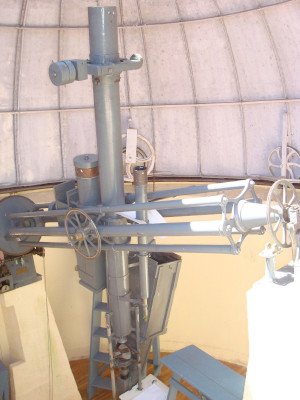
A 15 cm aperture English mounted refractor by Lerebour and Secretan, acquired in 1850 and remodelled by Grubb in 1898 to serve as a photoheliograph, is in use since the beginning of last century to obtain 20 cm white light pictures of the Sun on a daily basis, sky permitting. This telescope is functional till today and continue to take images in photgraphic films.
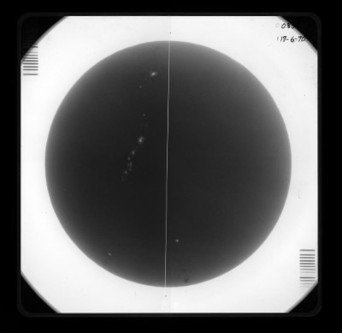
Full-disk Spectroheliograph
Twin spectroheliographs giving 6 cm diameter full disc photographs of the Sun in Calcium K and hydrogen alpha lines are in regular use till 1999. A 46 cm diameter Foucault siderostat feeds light to a 30 cm aperture f/22, Cooke triplet lens. The two prism K spectroheliographs were acquired in 1904 and the H alpha grating spectroheliograph was operational in 1911. Since 1912, prominant pictures over the full limb are also being obtained in K by blocking the solar disc. These observations and the white light pictures are obtained around 200 days a year.
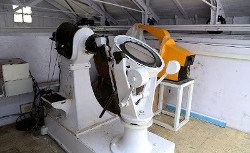
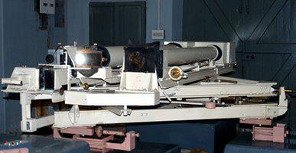
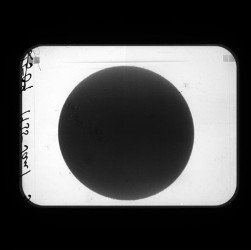
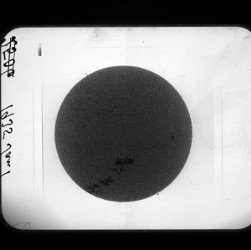
Full Disc Imaging
- Photoheliograph
A 15 cm aperture English mounted refractor by Lerebour and Secretan, acquired in 1850 and remodelled by Grubb in 1898 to serve as a photoheliograph, is in use since the beginning of this century to obtain 20 cm white light pictures of the Sun on a daily basis, sky permitting.
- Spectroheliograph
Twin spectroheliographs giving 6 cm diameter full disc photographs of the Sun in Calcium K and hydrogen alpha lines are in regular use. A 46 cm diameter Foucault siderostat feeds light to a 30 cm aperture f/22, Cooke triplet lens. The two prism K spectroheliographs were acquired in 1904 and the H alpha grating spectroheliograph was operational in 1911. Since 1912, prominant pictures over the full limb are also being obtained in K by blocking the solar disc. These observations and the white light pictures are obtained around 200 days a year.
- K-filtergrams
Light from the 46 cm siderostat is diverted to a 15 cm Zeiss achromat objective which provides an f/15 beam and a 2 cm image. A prefilter and a daystar Ca K narrow band filter are used together with a Photometrix 1k x 1k CCD to record the K filtergram. Regular observations have started in 1996-97. Besides synoptic observations, temporal sequences are being obtained on days of good to excellent seeing.
